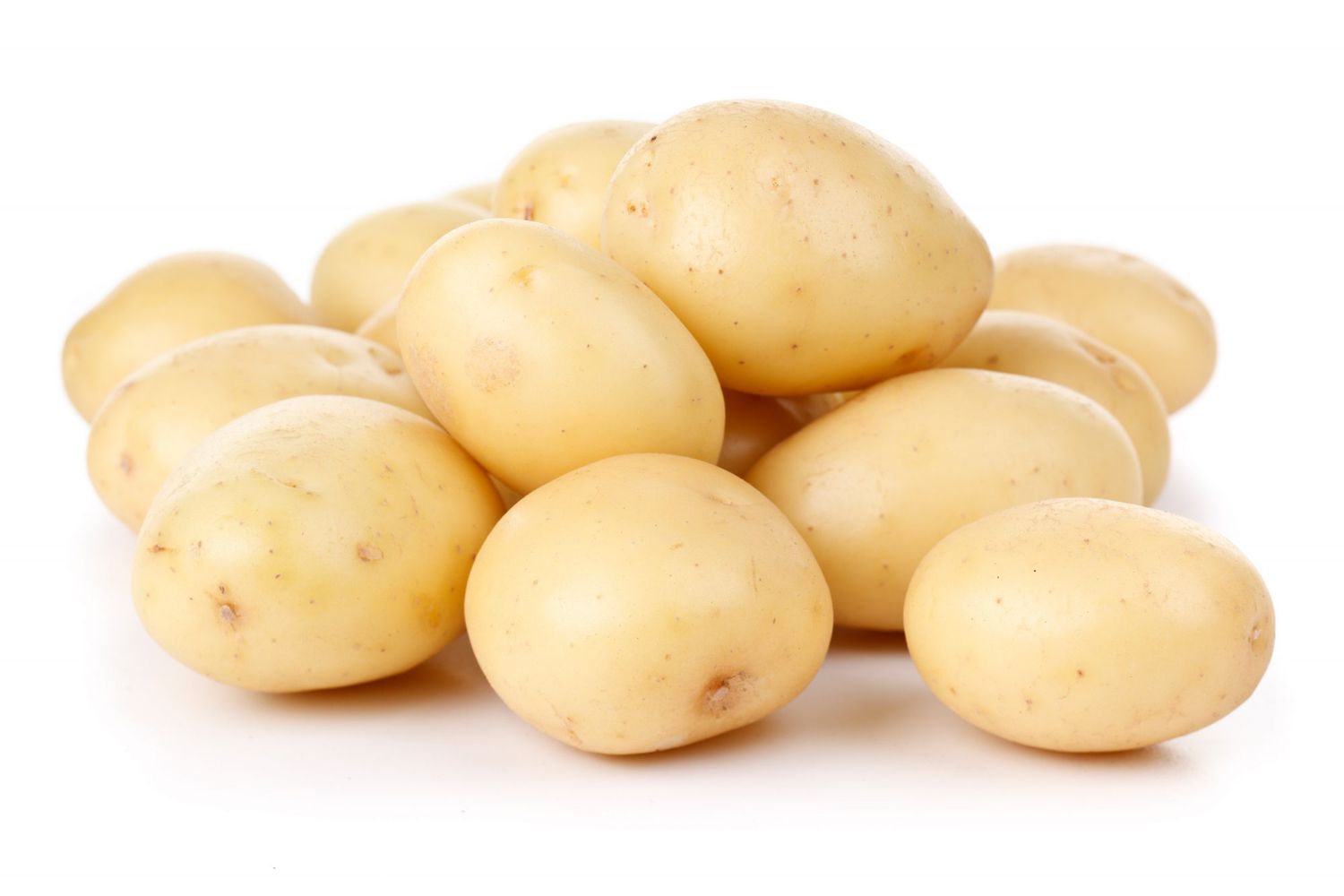Understanding the Shelf Life of Flour
Flour is a staple ingredient in many kitchens, used for baking delicious treats like bread, cakes, and cookies. However, if you don’t use flour frequently, you may be wondering about its shelf life. Proper storage is key to maintaining the quality of your flour, and understanding its shelf life can help you make the most of this essential ingredient.
Factors Affecting Flour’s Shelf Life
Several factors can influence the shelf life of flour:
- Type of Flour: Different types of flour, such as all-purpose, whole wheat, and self-rising, have varying shelf lives due to their differing levels of bran and germ.
- Storage Conditions: The way you store your flour can significantly impact its shelf life. Exposure to air, light, and moisture can lead to spoilage.
- Packaging: The packaging of the flour, whether it’s in a paper bag or a sealed plastic container, can affect its shelf life.
Shelf Life of Different Types of Flour
Here’s a general guideline for the shelf life of different types of flour when stored in a cool, dry place:
- All-Purpose Flour: 1-2 years
- Whole Wheat Flour: 6-8 months
- Self-Rising Flour: 6-8 months
- Almond Flour: 3-6 months
- Coconut Flour: 6-12 months
Storage Tips for Extending Flour’s Shelf Life
To ensure your flour stays fresh for as long as possible, consider the following storage tips:
- Airtight Containers: Transfer your flour to airtight containers to protect it from moisture and pests.
- Cool, Dark Location: Store your flour in a cool, dark place, such as a pantry or cupboard, away from direct sunlight and heat sources.
- Refrigeration or Freezing: For longer shelf life, you can refrigerate or freeze your flour, especially in warmer climates.
- Labeling: Clearly label your flour with the purchase date to keep track of its freshness.
Signs of Spoiled Flour
It’s essential to be able to recognize when your flour has gone bad. Here are some signs that indicate spoilage:
- Unpleasant Odor: If your flour has a rancid or sour smell, it’s likely spoiled.
- Unusual Texture: Spoiled flour may develop clumps, mold, or an off-putting texture.
- Strange Taste: If your flour tastes off or bitter, it’s best to discard it.
Conclusion
Understanding the shelf life of flour is crucial for maintaining its quality and ensuring the success of your baked goods. By following proper storage practices and being mindful of the signs of spoilage, you can make the most of your flour and enjoy delicious treats for years to come.
Was this page helpful?
Read Next: What Is A Root Beer Float?











